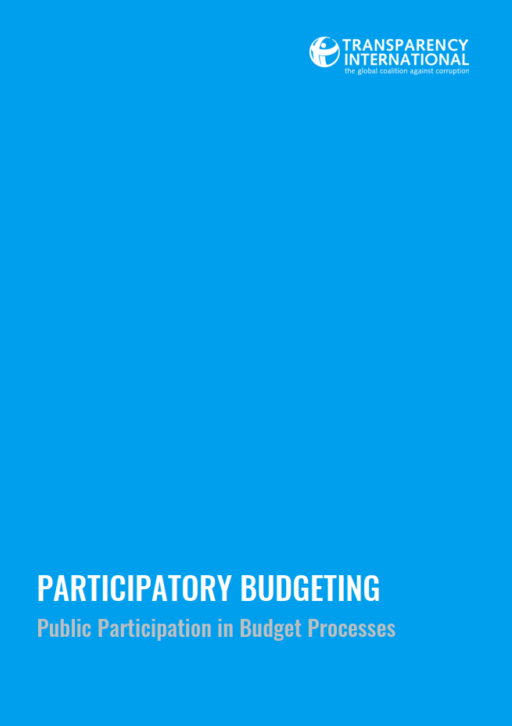Participatory Budgeting: a Primer on Public Participation in Budget Processes
Description
Participatory Budgeting is broadly defined as a process or mechanism through which citizens participate in decision-making around the allocation of public resources. This primer on Participatory Budgeting first presents an overview of the mechanism, showcasing distinguishing features, varying approaches, and innovative case-studies in the area.
The primer then dives into a deeper examination of public participation in budget processes — discussing key enablers of such participation and outlining ways in which such participation is currently assessed. In doing so, the primer endeavours to contribute to the case for public participation in budget-related decision making; proposing that such participation can, inter alia, reinforce democratic legitimacy, promote transparency, enhance inclusivity, improve service delivery, and serve as an important tool of vertical accountability.
Contents
- What is Participatory Budgeting?
- Participatory Budgeting in Practice
- Participation in the Budget Process
- The Case for Public Participation in the Budget Process
- Enablers of Participation in the Budget Process
- Assessing Participation in the Budget Process
- Tools and Methodologies
- References and Resources
Authors
Anoukh de Soysa
Reviewer
Matthew Jenkins, Transparency international
Date
29/03/2022
Tags
 Download PDF
Download PDF
